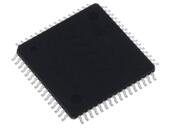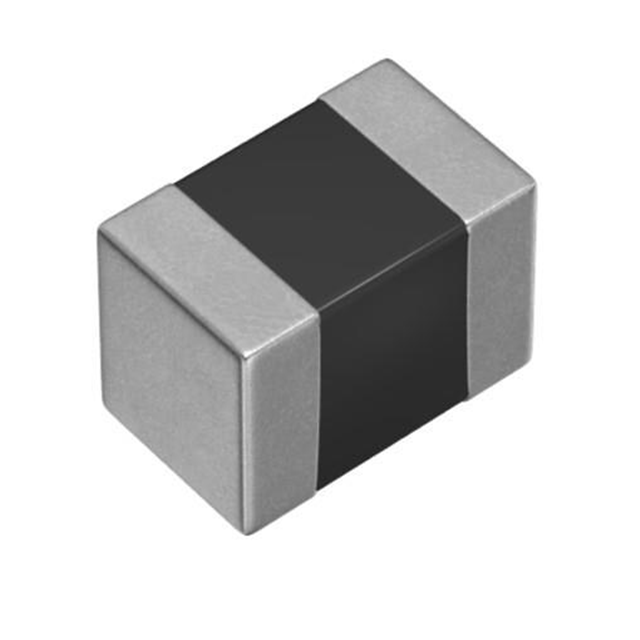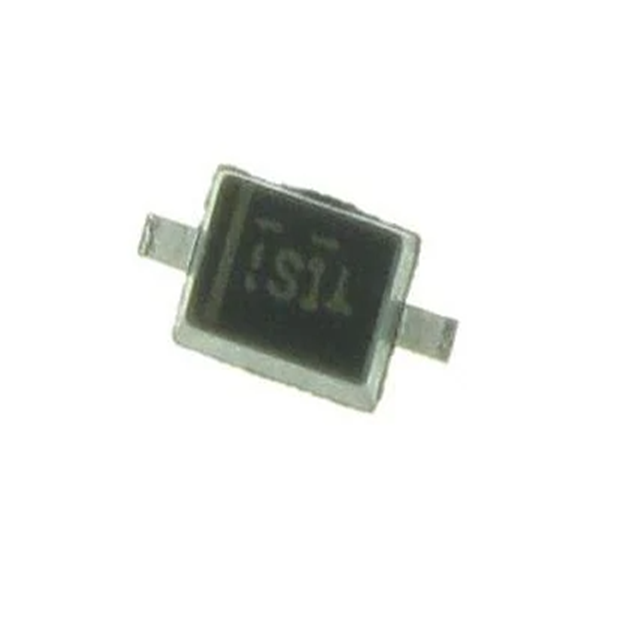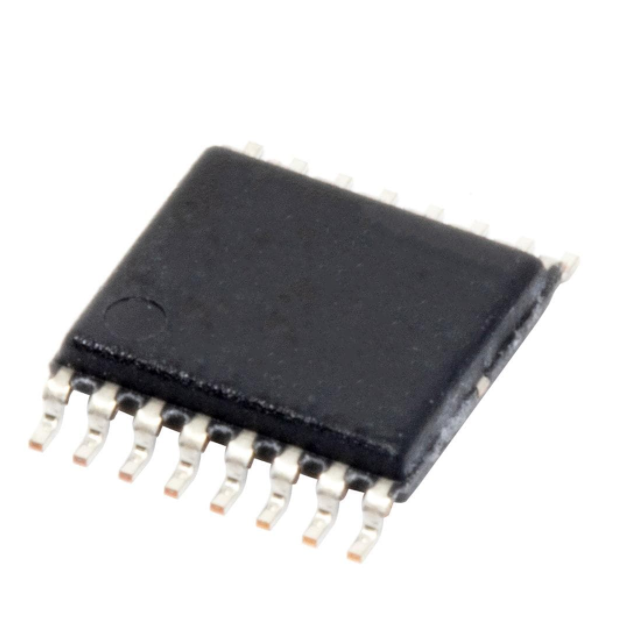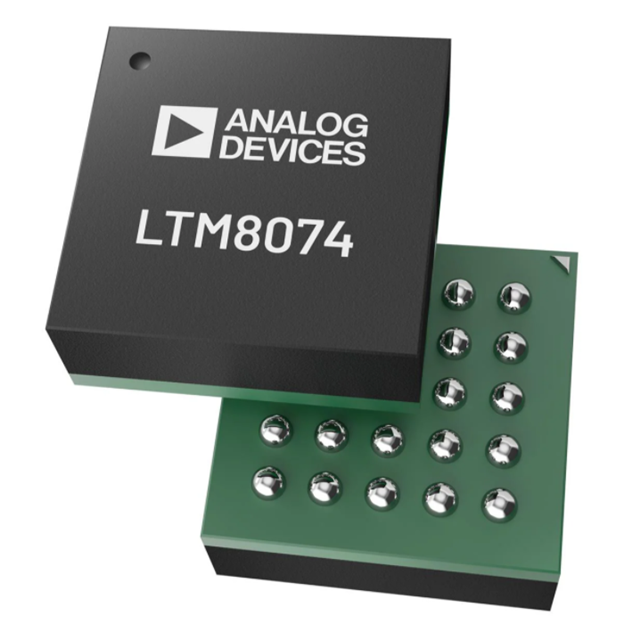Texas Instruments:Balance the Size and Performance of Intelligent Wearable Devices
With the rapid development of technology, wearable devices have penetrated into every aspect of our lives and become an indispensable part of our lives. However, the popularization and development of wearable devices have put forward strict requirements for cost, size, and performance. Texas Instruments, as a leader in the semiconductor industry, has provided strong support for the development of wearable devices with its deep accumulation and innovative strength in wearable edge intelligence technology and product markets. Cost and size have always been key requirements for wearable devices. How to provide more application experience with lower cost and smaller size while ensuring performance is a challenge that every wearable device solution provider needs to face.
1) Miniaturization is an inevitable trend for wearable devices
Cost and size have always been key requirements for wearable devices. How to provide more application experience with lower cost and smaller size while ensuring performance is a challenge that every wearable device solution provider needs to face. Texas Instruments has successfully achieved a balance of cost, size, and performance through its unique technology and solutions.
The MSPM0C110x series ultra small microcontroller launched by Texas Instruments is an outstanding representative in this field. This microcontroller is based on 32-bit Arm ® Cortex ®- The M0+core not only features highly integrated peripherals and low-power modes, but also has a size of only 2mm x 2mm, which is 7.35 times smaller than the common 8-pin SOIC package. This means that engineers can more efficiently utilize limited board space when designing wearable devices, leaving more space for other critical components. Meanwhile, the price of MSPM0C110x is also highly competitive, with a starting price of only 1 yuan per thousand pieces, greatly reducing the cost of wearable devices. In addition to cost and size advantages, the performance of MSPM0C110x is also outstanding. It operates at a frequency of up to 24 MHz and is equipped with 16 KB embedded flash memory and 1 KB SRAM, which can meet the application needs of most wearable devices. In addition, its integrated 12 bit 1.5Msps ADC can accurately monitor the battery power supply voltage of the system, providing assurance for the stable operation of the equipment.
2) AI+wearable is flourishing
The application of edge AI is becoming increasingly widespread in wearable devices. However, how to implement AI technology while ensuring low power consumption has always been a challenge faced by the industry. Texas Instruments' innovation in embedded product portfolio and software development tools provides strong support for solving this problem.
Texas Instruments AM62Ax and AM6xA series processors offer different performance and power consumption options for different application scenarios. These processors integrate hardware accelerators and low-power Arm ® Cortex ® Microprocessors can effectively reduce power consumption while ensuring performance. This enables wearable devices to maintain longer battery life and improve user experience while running AI algorithms and collecting data.
In addition, Texas Instruments has also launched "low code" software development tools such as Edge AI Studio, making the deployment of edge AI simpler and more efficient. Designers can build neural networks or AI algorithms to give devices intelligence and a "brain" without the need for deep coding. The emergence of these tools greatly reduces the threshold for using edge AI technology, allowing more wearable devices to enjoy the convenience brought by AI technology.






